 07 Avalanche Avoidance
07 Avalanche Avoidance
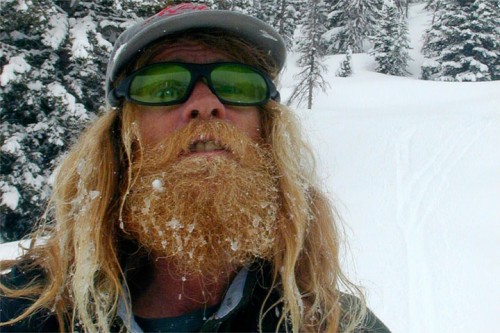
5 – Staying High with Athey
Part 5 in 10 of my personal avalanche avoidance theories… If you’ve spent time skiing in the Wasatch Mountains, you’ve most likely crossed tracks with Bob Athey, aka The Wizard of the Wasatch. Bob has excellent snow science skills and observations, but more than that he is the grand master of avalanche avoidance through terrain […]
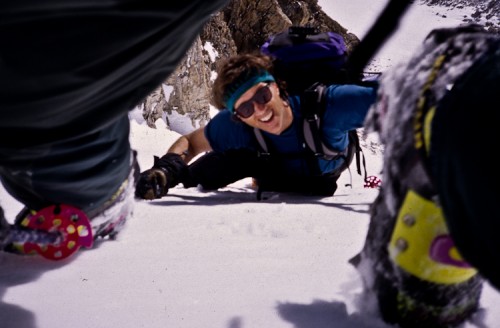
4 – Coombs on “Nibbling”
Part 4 of 10 of some of my personal favorite avalanche avoidance techniques. The late, great Doug Coombs was well known for skiing bold lines, but he also had a lesser known strategy for avalanche avoidance. One day when we were talking about steep skiing and the importance of easing into a new area, he […]

3 – Dawson on “It Never Gets Better”
I triggered avalanches five out of five of my first backcountry trips to Colorado. One of the more insulting ones involved having a car-sized pocket of crusty snow pull out and dump me into the surrounding rocks. The mountainscape was more rocks than snow at the time and it didn’t even seem conceivable that snow […]
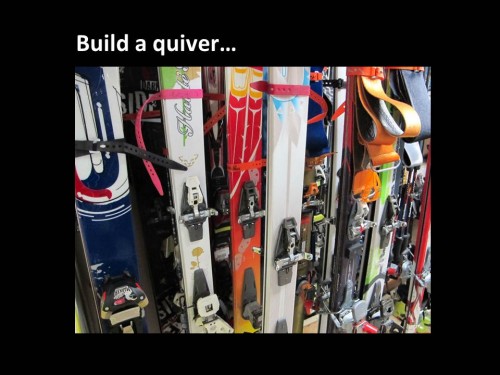
2 – Building a Quiver
Part 2 in a 10 part series of personal avalanche avoidance theories… Most skiers are familiar with the concept of owning a quiver, or variety of skis. Quivers often include powder skis, rock skis, fatties, all-around, racing, resort, tele, twin tips, etc.. The idea is to have the correct ski for the ever changing conditions.
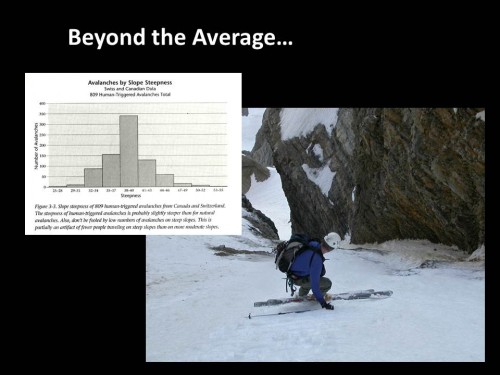
1 – Above Average Skiing
Part 1 in a 10 part series on some of my personal avalanche avoidance theories. These are not meant to replace avalanche classes and mostly fall under the “Human Factors” category. Human triggered avalanches are far more likely to occur on a 38-40 degree slope than any other. The numbers drop off rapidly on both […]
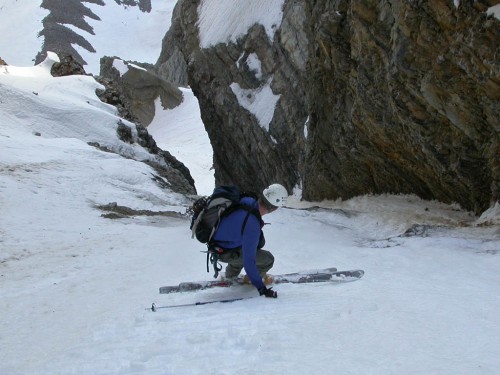
My Most Valuable Piece of Avalanche Safety Gear
Without a doubt, solid partners are the A-#1 best piece of avalanche gear out there. This doesn’t mean partners who can dig you out quickly, but more partners who are less likely to get you or themselves buried in the first place. Good partners come in all sorts of sizes, shapes, sexes, speeds and ability […]
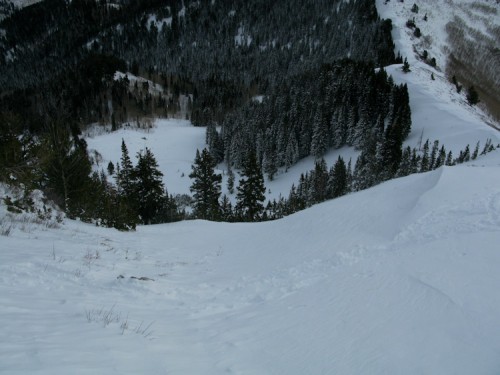
First Run Strategy
Within any single backcountry ski run there usually exists multiple options for skiing more or less avalanche prone terrain. On the first run of the day, I’ve often formed an opinion on the snowpack by doing mini tests and making observations on the way up (as well as reading the UAC report in the morning), […]
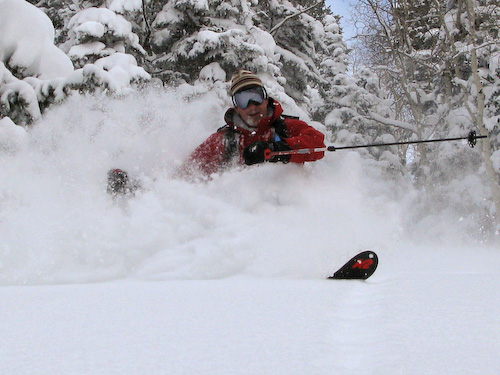
Low Angle Circuits
Due to the strange snowpack we have this year in the Wasatch, I’ve been skiing new, although not necessarily exciting, terrain. I have yet to dig a pit as almost every time I go out I’ve felt collapsing, seen natural slides, triggered avalanches with ski cuts or dropped cornices, and/or seen shooting cracks. Between that […]
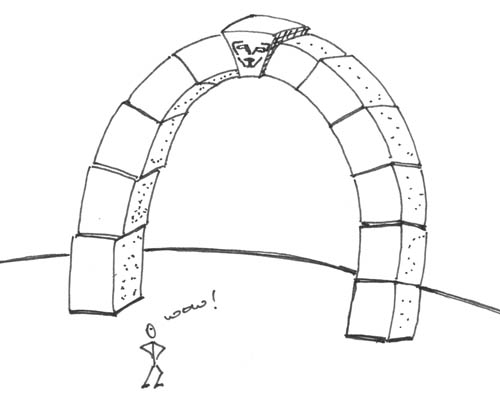
Arches and Avalanches
One of the cruelest avalanche tricks out there is the old “I was just minding my own business skinning up a nice valley when suddenly both sides collapsed thousands of feet above me and I was buried 20′ deep.” It is a mean spirited trick as the skier may be on flat ground far away […]
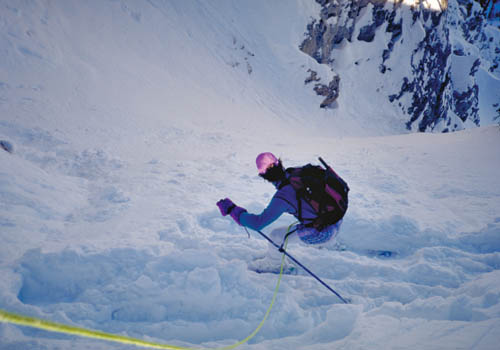
Belayed Ski Cuts
At times when you want to do a ski cut, but there is no island of safety to ski to, a belayed ski cut comes in handy. Prime candidates for belayed ski cuts are narrow, steep couloirs with no hiding spots, or the opposite end of the spectrum, wide open faces. For this type of […]

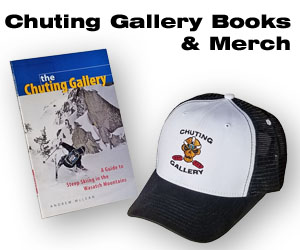
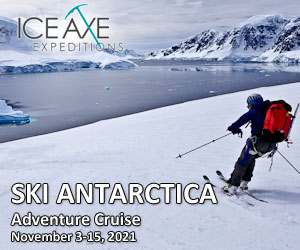





Recent Comments